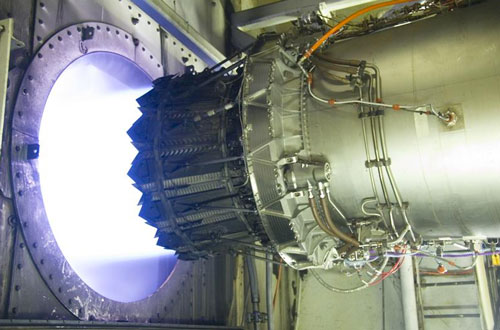 Engineers have developed nanostructured coatings capable of withstanding temperatures exceeding 1000 degrees Celsius, which are used in aviation turbine components.
Engineers have developed nanostructured coatings capable of withstanding temperatures exceeding 1000 degrees Celsius, which are used in aviation turbine components.
Sep 10th, 2014
Read more
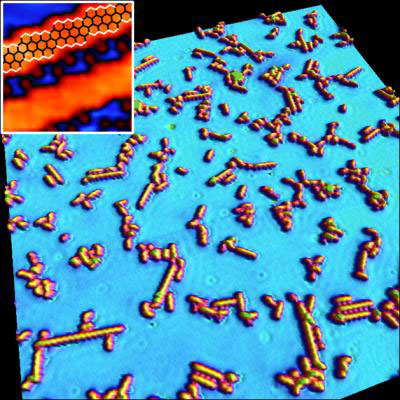 Scientists have discovered a new bottom-up fabrication method that produces defect-free graphene nanoribbons (GNRs) with periodic zigzag-edge regions. This method, which controls GNR growth direction and length distribution, is a stepping stone towards future graphene-device fabrication by self-assembly.
Scientists have discovered a new bottom-up fabrication method that produces defect-free graphene nanoribbons (GNRs) with periodic zigzag-edge regions. This method, which controls GNR growth direction and length distribution, is a stepping stone towards future graphene-device fabrication by self-assembly.
Sep 10th, 2014
Read more
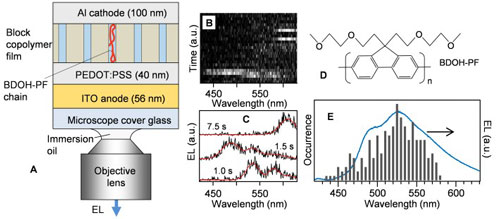 Researchers have succeeded in detection and spectral characterization of electroluminescence (EL) emission from single polyfluorene chains. This first report on detection of EL from one chain of a conjugated polymer was made possible by isolating individual polyfluorene chains in vertical cylinders of a phase-separated block copolymer.
Researchers have succeeded in detection and spectral characterization of electroluminescence (EL) emission from single polyfluorene chains. This first report on detection of EL from one chain of a conjugated polymer was made possible by isolating individual polyfluorene chains in vertical cylinders of a phase-separated block copolymer.
Sep 10th, 2014
Read more
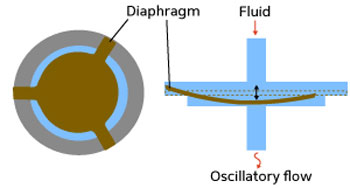 A tiny device produces oscillatory flows that enhance the mixing of viscous fluids for chemical reactions.
A tiny device produces oscillatory flows that enhance the mixing of viscous fluids for chemical reactions.
Sep 10th, 2014
Read more
Human nasal epithelial cells, cultured on a microchip, react to air pollutants just like they would in the upper airway.
Sep 10th, 2014
Read more
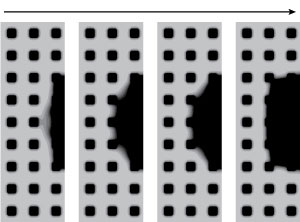 An innovative algorithm exposes the energy pathways that cause super-repellent surfaces to stop working.
An innovative algorithm exposes the energy pathways that cause super-repellent surfaces to stop working.
Sep 10th, 2014
Read more
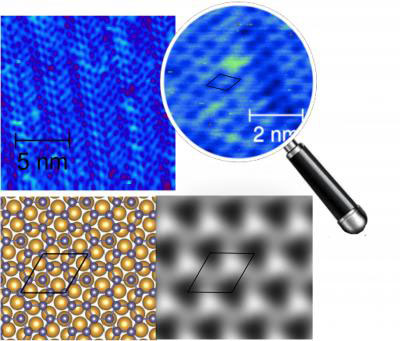 A team of European researchers has become one of the first groups to successfully synthesize the 2D material germanene.
A team of European researchers has become one of the first groups to successfully synthesize the 2D material germanene.
Sep 10th, 2014
Read more
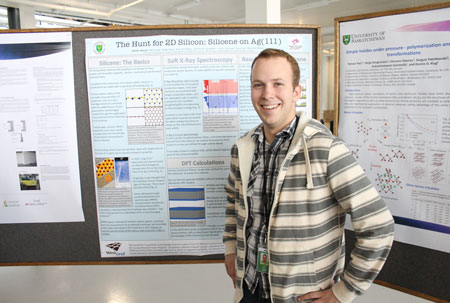 Exploring the next generation of computing materials.
Exploring the next generation of computing materials.
Sep 9th, 2014
Read more
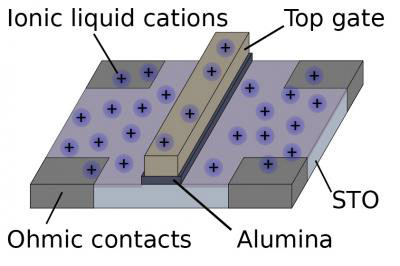 Using an overlying bath of ionic liquid, a piece of superconductor - divided by an insulating strip - supports narrow tunnels which permit currents to flow between.
Using an overlying bath of ionic liquid, a piece of superconductor - divided by an insulating strip - supports narrow tunnels which permit currents to flow between.
Sep 9th, 2014
Read more
 Akron researcher reaches $10 million mark in research funding.
Akron researcher reaches $10 million mark in research funding.
Sep 9th, 2014
Read more
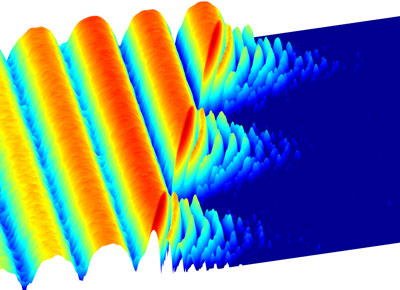 Researchers have begun crystallizing light as part of an effort to answer fundamental questions about the physics of matter. As part of an effort to develop exotic materials such as room-temperature superconductors, the researchers have locked together photons, the basic element of light, so that they become fixed in place.
Researchers have begun crystallizing light as part of an effort to answer fundamental questions about the physics of matter. As part of an effort to develop exotic materials such as room-temperature superconductors, the researchers have locked together photons, the basic element of light, so that they become fixed in place.
Sep 9th, 2014
Read more
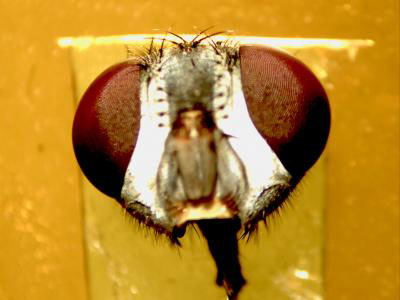 Inspired by the compound eyes of common fly, researchers determine how to make miniature omnidirectional sources of light and optical sensors.
Inspired by the compound eyes of common fly, researchers determine how to make miniature omnidirectional sources of light and optical sensors.
Sep 9th, 2014
Read more
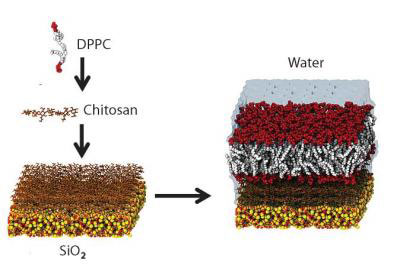 Artificial membranes mimicking those found in living organisms have many potential applications ranging from detecting bacterial contaminants in food to toxic pollution in the environment to dangerous diseases in people. Now a group of scientists has developed a way to create these delicate, ultra-thin constructs through a 'dry' process, by evaporating two commercial, off-the-shelf chemicals onto silicon surfaces.
Artificial membranes mimicking those found in living organisms have many potential applications ranging from detecting bacterial contaminants in food to toxic pollution in the environment to dangerous diseases in people. Now a group of scientists has developed a way to create these delicate, ultra-thin constructs through a 'dry' process, by evaporating two commercial, off-the-shelf chemicals onto silicon surfaces.
Sep 9th, 2014
Read more
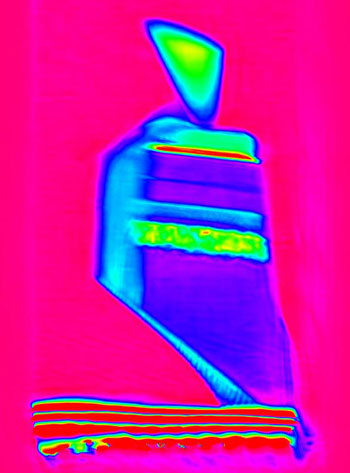 3D microscope investigates flexible polymer tandem solar cells.
3D microscope investigates flexible polymer tandem solar cells.
Sep 9th, 2014
Read more
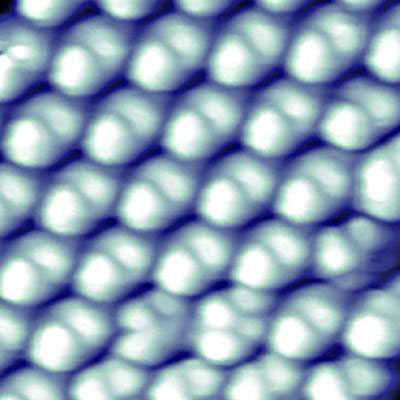 Researchers have married two unconventional forms of carbon to make a molecule that conducts electricity in only one direction. This tiny electronic component, known as a rectifier, could play a key role in shrinking chip components down to the size of molecules to enable faster, more powerful devices.
Researchers have married two unconventional forms of carbon to make a molecule that conducts electricity in only one direction. This tiny electronic component, known as a rectifier, could play a key role in shrinking chip components down to the size of molecules to enable faster, more powerful devices.
Sep 9th, 2014
Read more
Scientists have studied the electronic characteristics of a newly synthesized molecule, composed of two forms of carbon: a fullerene (C60) and a nano-aggregate of diamond. This study reveals exceptional electronic properties for this molecule, given it conducts electrical power into one direction but not into the opposite sense.
Sep 9th, 2014
Read more
 Engineers have developed nanostructured coatings capable of withstanding temperatures exceeding 1000 degrees Celsius, which are used in aviation turbine components.
Engineers have developed nanostructured coatings capable of withstanding temperatures exceeding 1000 degrees Celsius, which are used in aviation turbine components.













 Subscribe to our Nanotechnology News feed
Subscribe to our Nanotechnology News feed